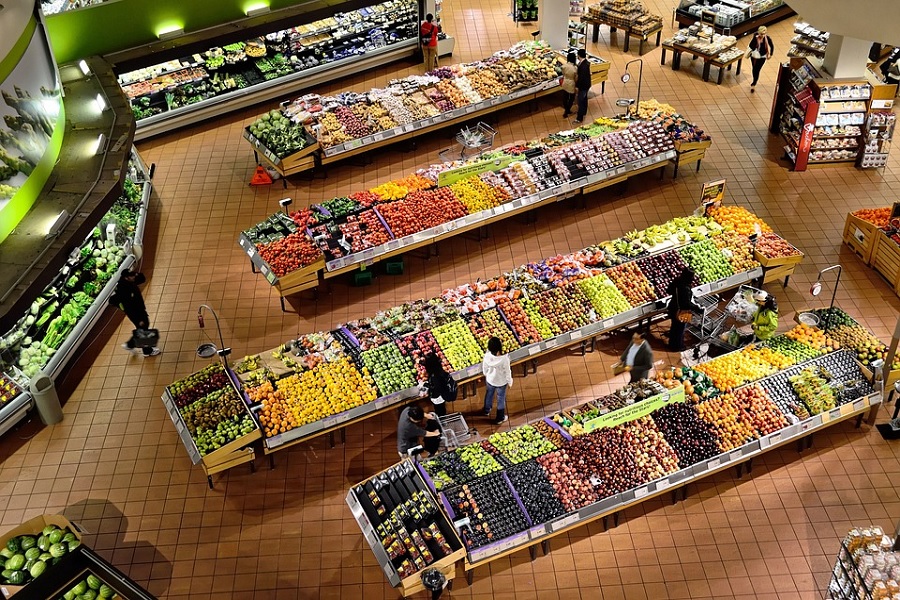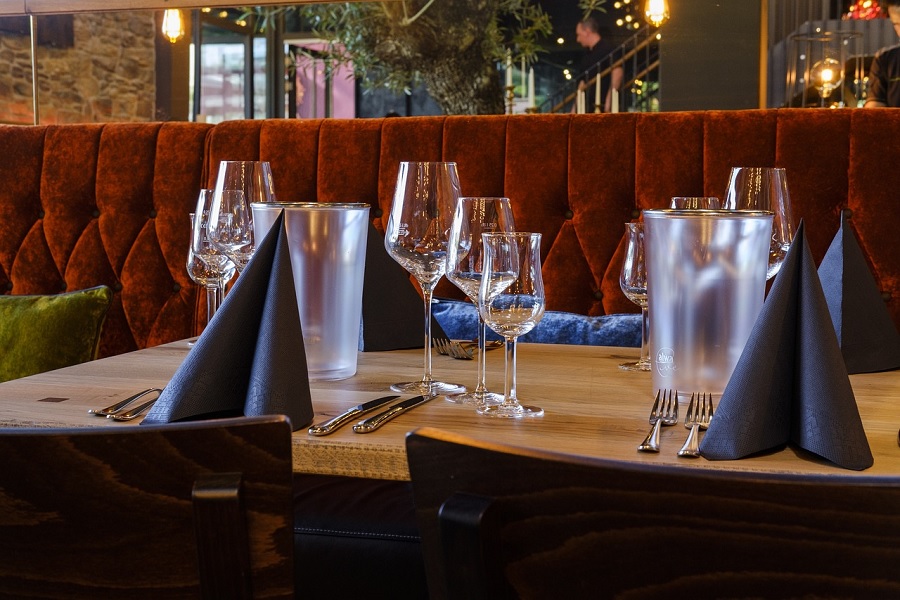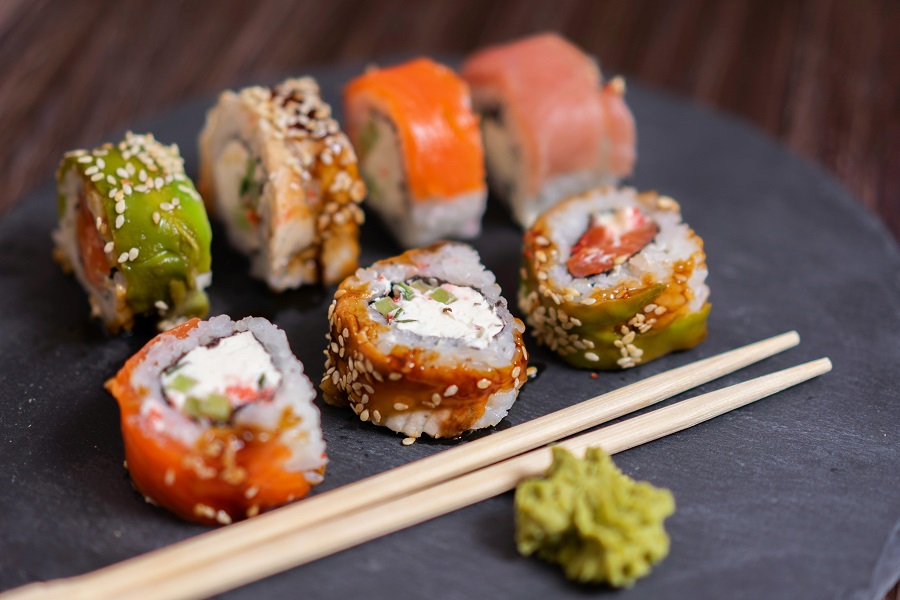Eat at Traditional Restaurants: A Journey Through Authentic Cuisine and Culture

Food is not just a necessity; it’s an experience. For those who seek to explore a country’s culture, history, and flavors, dining at traditional restaurants offers a perfect opportunity. Traditional restaurants are a gateway to discovering regional cuisines that reflect the essence of local culture, history, and culinary heritage. These restaurants often serve dishes passed down through generations, each bite telling the story of the land and its people.
In this article, we explore the beauty of dining at traditional restaurants and how it can enhance your travel and culinary experiences. From family-owned diners to renowned cultural establishments, these restaurants offer more than just a meal—they offer a taste of tradition, craftsmanship, and authentic flavors that are hard to find in mainstream eateries.
Why Eat at Traditional Restaurants?
Authenticity of Cuisine: Traditional restaurants are the keepers of authentic recipes that have been perfected over generations. When you dine at one of these places, you get to taste the real flavors of a region, made with local ingredients and time-honored techniques.
Cultural Immersion: Dining at a traditional restaurant gives you the chance to immerse yourself in the local culture. The food, the ambiance, and even the way the meal is served all offer insights into the traditions, customs, and rituals of the area.
Support for Local Communities: Traditional restaurants are often family-run or locally owned, meaning that your money stays within the community and helps support local farmers, artisans, and the economy. By choosing traditional eateries, you help preserve the culinary heritage of the region.
Personalized Experience: Unlike large chain restaurants, traditional establishments often pride themselves on providing a personalized experience. The chefs may share the history behind the dishes, and the servers often take pride in making recommendations that reflect the region’s best culinary offerings.
Unique Atmosphere: Many traditional restaurants are housed in historic buildings, offering an ambiance that transports you back in time. Whether it’s a charming countryside inn, a centuries-old tavern, or a bustling street-side food stall, the atmosphere of these places adds a layer of richness to the dining experience.
Examples of Traditional Restaurants Around the World
1. The Golden Temple Langar, Amritsar, India
The Golden Temple in Amritsar, home to the largest community kitchen in the world, offers a truly unique dining experience. The Langar serves free meals to over 100,000 people daily, and it is an essential part of Sikh culture. Eating at the Langar is not just about food but also about the values of equality, humility, and selfless service.
2. Osteria Francescana, Modena, Italy
Known as one of the finest restaurants in the world, Osteria Francescana in Modena offers an innovative take on traditional Italian cuisine. Chef Massimo Bottura creates dishes that honor Italian culinary history, while adding a modern twist. Dining here is an unforgettable experience for food lovers seeking to savor the essence of Italy.
3. Sukiyabashi Jiro, Tokyo, Japan
Sukiyabashi Jiro, a three-Michelin-star sushi restaurant in Tokyo, is where tradition meets perfection. Chef Jiro Ono is famous for his mastery in preparing sushi, with each piece meticulously crafted using the finest ingredients. Dining at Sukiyabashi Jiro is not just about eating; it’s a lesson in the art of sushi-making.
4. Le Procope, Paris, France
Le Procope, established in 1686, is Paris’s oldest café. This historic restaurant has hosted famous personalities like Voltaire and Napoleon, and it serves classic French cuisine. The ambiance, steeped in history, combined with traditional French dishes like Coq au Vin and Bouillabaisse, makes it a must-visit for anyone wanting to experience the heart of French culinary culture.
5. The Blue Elephant, Bangkok, Thailand
For those seeking authentic Thai food, The Blue Elephant in Bangkok offers a stunning experience. The restaurant serves traditional Thai dishes prepared using family recipes that have been passed down through generations. The regal setting and impeccable service enhance the cultural and culinary experience.
6. Dabbawala Lunch Delivery, Mumbai, India
While not a traditional restaurant in the conventional sense, the Dabbawala system in Mumbai offers a unique way to experience home-cooked, traditional Indian meals. Workers deliver thousands of lunchboxes to offices every day, bringing homemade, regional food straight to people’s desks. It’s a beautiful example of how food culture and local traditions coexist in daily life.
7. El Celler de Can Roca, Girona, Spain
El Celler de Can Roca, a Michelin-starred restaurant in Girona, offers a modern interpretation of Catalan cuisine. The Roca brothers, who run the restaurant, bring creativity and innovation to traditional Spanish dishes, making it a place where history and contemporary flavors meet.
8. El Tizón, Seville, Spain
Known for its Andalusian cuisine, El Tizón in Seville offers a genuine taste of southern Spain. The restaurant specializes in traditional dishes like jamón ibérico, gazpacho, and fried fish, giving diners a true taste of Andalusia’s rich culinary heritage.
Benefits of Dining at Traditional Restaurants
Connection to History: Traditional restaurants offer a window into a region’s culinary history. Whether it’s the technique behind a signature dish or the centuries-old recipes passed down through generations, you’ll be able to connect with the culture in a way that modern eateries cannot offer.
Unique Flavor Profiles: Dishes at traditional restaurants often use locally sourced, seasonal ingredients. The flavors are often bold, rich, and reflective of the region’s climate and farming practices, giving you an authentic taste of local life.
Social Experience: Traditional restaurants are often central to the community. Locals gather here to celebrate milestones, enjoy family meals, or simply share a drink. By dining at these establishments, you have the chance to interact with locals and understand more about the culture.
Less Commercialization: In a world full of global restaurant chains, traditional dining establishments tend to stay true to their roots, providing a more genuine experience without the commercialization and mass production that can be found in larger restaurants.
Preservation of Culinary Heritage: By supporting traditional restaurants, you are helping preserve age-old cooking methods, recipes, and food traditions that might otherwise fade away. Your patronage contributes to keeping these culinary practices alive for future generations.
How to Make the Most of Your Dining Experience
Engage with the Staff: Don’t hesitate to ask the chefs or servers about the history of the dishes you’re trying. Many traditional restaurants take great pride in their heritage and are happy to share stories.
Try Local Specialties: Traditional restaurants often offer unique, regional specialties that you won’t find anywhere else. Make sure to sample the dishes that are signature to the place.
Enjoy the Ambiance: Take in the atmosphere—the rustic décor, the historical charm, and the local ambiance all add to the experience. Soak in the surroundings as much as the flavors.
Be Patient: Traditional cooking methods take time. Be patient and enjoy the process of the meal being prepared. It’s part of the experience.
Conclusion
Dining at traditional restaurants is about more than just food—it’s about connection, culture, and authenticity. Whether you’re visiting an ancient tavern in Europe or a local family-run eatery in Asia, these places offer much more than a meal—they offer a chance to experience the heart and soul of a region. So next time you travel, make sure to step off the beaten path and savor the flavors of tradition. It’s a journey you won’t forget.




















